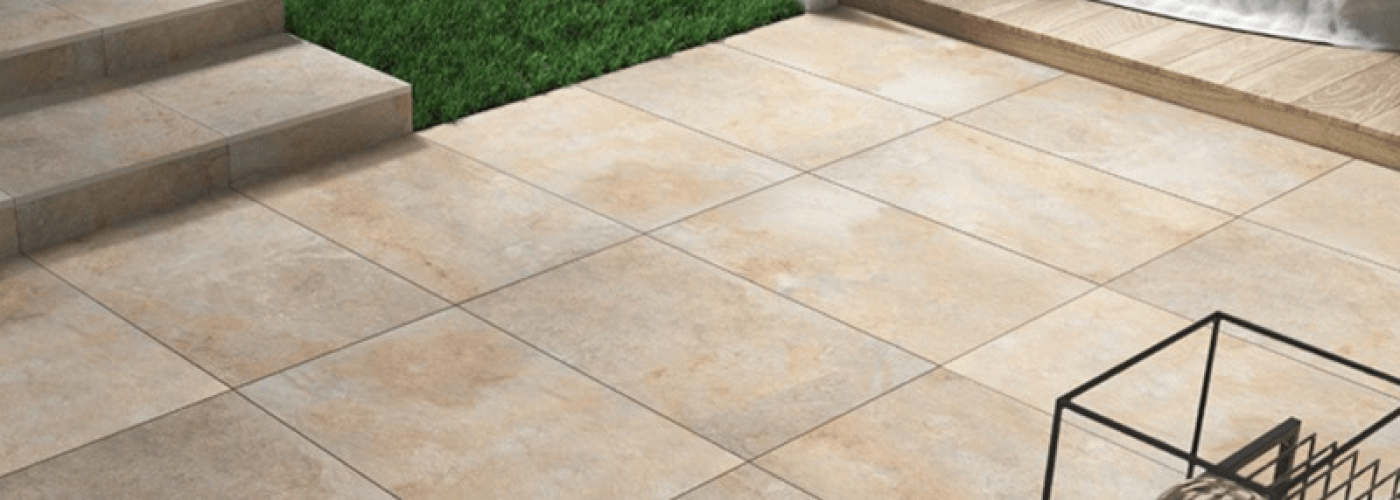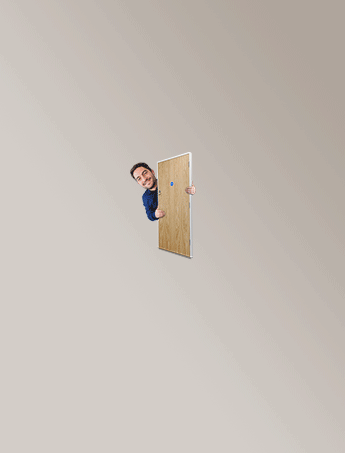Designing a garden patio is one of the best ways to add style, comfort, and value to your home. The right paving choice can completely transform how your outdoor space looks and feels.
Among all the options available today, porcelain paving slabs have become a favorite for homeowners who want a modern and long-lasting patio. They look sleek, are durable, and require little upkeep compared to natural stone or concrete.
But before you rush to buy, there are a few important things you should know. Choosing porcelain slabs is not just about looks. The type, quality, and finish you pick will decide how your patio performs for years to come.
Here are five key things you need to consider before making your decision.
1. Porcelain Is Strong but Needs Proper Installation
Porcelain paving slabs are manufactured at extremely high temperatures, which makes them harder and denser than most natural stone. This means they can handle heavy use, weather changes, and even garden furniture without scratching or breaking easily.
However, the strength of porcelain doesn’t mean you can skip proper installation. Because the slabs are less porous, they don’t bond as well with traditional mortar mixes. Installers often use a primer or a slurry to make sure the slabs stick securely to the base. If this step is skipped, your patio may not stay stable in the long run.
So, while porcelain itself is tough, the way it’s laid matters just as much. Always check that your installer has experience working with porcelain paving.
2. Slip Resistance Depends on the Finish
One of the biggest advantages of porcelain paving slabs is that they come in many different textures and finishes. Some look like natural stone, some like wood, and others have a smooth polished surface. While polished porcelain may look stylish, it can be slippery when wet.
For outdoor patios, especially in gardens where rain and water are common, it’s best to choose a slab with a textured or anti-slip surface. These are designed to give you more grip underfoot and make the patio safer for kids, pets, and even adults who might be carrying drinks or food outside.
When buying, always check the slip rating. Outdoor porcelain is usually rated as “R11,” which means it’s suitable for wet areas. Anything smoother should be avoided for patios, especially in climates with frequent rain.
3. Maintenance Is Easy but Not Maintenance-Free
Many homeowners choose porcelain paving because it’s low maintenance compared to sandstone, limestone, or concrete. Since porcelain is non-porous, it doesn’t absorb water or stains easily. That means no constant sealing, no algae build-up, and no fading under sunlight.
Still, low maintenance doesn’t mean zero maintenance. Dirt, leaves, and dust will still settle on the slabs, and over time, they can make your patio look dull. A simple wash with soapy water and a brush will usually keep the surface looking fresh.
For tougher marks, a pressure washer can be used, but it should be set to a low power to avoid damaging the grout between the slabs.
If you want your porcelain patio to always look its best, plan to clean it at least once every season.
4. Porcelain Paving Slabs Come in Many Styles
One of the most exciting things about porcelain paving is the wide variety of designs. Unlike natural stone, which has limited color options, porcelain is man-made, so it can be produced in almost any shade or pattern.
You can find slabs that mimic marble, granite, slate, or even wood planks. This gives you the freedom to match your garden patio to the style of your home. If you want a sleek, modern look, go for large-format slabs in neutral greys or blacks. If you prefer a rustic or warm feel, wood-effect porcelain in earthy tones might be perfect.
The size and thickness of the slabs also matter. Thicker slabs (usually around 20mm) are best for outdoor use, as they can handle more weight and resist cracking. Larger slabs reduce the number of joints, giving your patio a clean, modern look.
5. Cost and Value Balance Out Over Time
At first glance, porcelain paving slabs may seem more expensive than concrete or some natural stones. The price can be higher per square meter, and installation may cost a little more because of the extra care required.
But when you look at the long-term value, porcelain often ends up being the smarter investment. Unlike softer stones that stain, fade, or need sealing, porcelain lasts for decades with very little upkeep. It doesn’t lose its color, it doesn’t erode, and it keeps its fresh look year after year.
If you add up the costs of sealing, repairing, or replacing other materials, porcelain often works out cheaper in the long run. For homeowners who see their patio as a long-term feature, porcelain is worth the upfront price.
Final Thoughts
A garden patio should be more than just a paved area. It’s a place where you relax with family, enjoy summer evenings, or even host friends for a barbecue. Choosing the right paving material is the foundation for making those memories enjoyable.
Porcelain paving slabs offer strength, beauty, and low maintenance, but they require careful selection and proper installation. By considering slip resistance, style, upkeep, and long-term value, you can create a patio that not only looks stunning but also performs beautifully for years.
If you’re planning your dream garden patio, remember these five key things. With the right choice of porcelain slabs, you’ll have an outdoor space that feels stylish, safe, and built to last.





